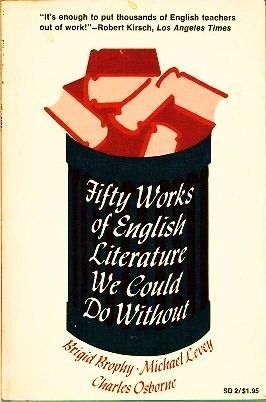I used to have a workmate who told me I really had to read The Count of Monte Cristo. She’d tell me often and pester me frequently and for that reason, I didn’t pick the book up. Now I work somewhere else, so I chose it as my longer winter read.
My long summer read, The Tale of Genji took me just under three months but The Count of Monte Cristo, which is of a similar size took me just under three weeks. While I couldn’t say I found Monte Cristo to be a better or more satisfying book than Genji, it was easier and more immediately gripping.
The story is pure swash and buckle, introducing the character of Edmond Dantes and showing how bad his luck is. He is not locked away and forgotten in the Chateau D’If because of a huge conspiracy but because a number of people (one in a position of power) find him inconvenient and another is too scared to speak out. For these (mostly) petty reasons, he loses everything and the reader loses everything with him. It’s the smallness of the motives and the scale of the loss that makes it a tragedy. After that we watch him fester in the dungeon, before growing under the tutelage of the Abbé Faria. I put the book down to sleep after Dantes made his escape, which was the mother of all cliffhangers (or at least, cliff-tossers).
The reader is then introduced to Franz D’Epinay, who seems like he’ll be our point-of-view for the foreseeable future. He goes on a sailing holiday and finds himself on Monte Cristo, where he meets a man known as Sinbad the Sailor, who lives in a lavishly furnished grotto and serves some really strong hashish. Franz goes back to Rome, meets his friend Albert and the two are upset they can’t find a carriage for carnival. The Count of Monte Cristo lends them his and is generally a swell, upstanding guy - although he does get a little intense whilst watching an execution. What’s more he seems to be in with the local brigands and is even able to command the release of Albert when he his captured by them. All he wants in return is an introduction into Paris society.
It’s fascinating how different the book would have been if it had started with Franz D’Epinay. If that had been the case then Sinbad/Monte Cristo would have been a truly mysterious character, appearing from nowhere with vast amounts of knowledge, wealth and charisma, clearly aiming at some sort of goal. As it is, the reader is aware that he’s Dantes, that he found buried treasure and he is after some sort of revenge. What the book lacks in that mystique, it gains in dramatic irony, the reader knows more than anyone but Dantes.
It feels wrong to call the Count Dantes, as there is very little of the naive, innocent sailor in the cynical, almost superhumanly prepared Count. After reading the book I watched a recent TV adaptation of the book and, while a lot of it was accurate (it even has the bandits and the absurd poisoning subplot) the man playing the Count always played him as Dantes. In the book, The Count of Monte Cristo is abstracted from common humanity, he is something both more and less, he’s unflappable to everything but human kindness and has a plan for most occasions. The series didn’t capture that.
The tension/enjoyment for the rest of the book is to see what kind of revenge Monte Cristo has planned for his betrayers and to see it come together. There were many times in the course of the novel when I asked myself if this was ‘that kind of book’. Would the Count kill Albert and Mercedes? How far was he prepared to go and where were his red lines? Did he really have everything as meticulously planned as it seemed or was there room for error? Traditionally, revenge tales are full tragedies, the revenger is always subsumed by their revenge, would this happen here?
While the book ends in a somewhat happy way (if you are rooting for Dantes… but why would you root for Villefort?) but not everything goes to plan. There are moments where the Count’s subsumed emotions are awakened and parts of the plan do go too far. It’s also reasonable to say that he doesn’t carry out his whole plan, Danglars is free to live at the end, largely because the Count miscalculated with Mrs Villefort and because he has found the capacity to love. (Though all the Haydee slave stuff teeters far over the edge of queasy).
While this book is painted in broad strokes and bright colours, there are interesting snippets of psychology and motive, but lots in the book is simple, pure, exuberant fun. I love how Monte Cristo gathers up others with vendettas against the same people as him but leaves them in the dark. I loved the way the Count made himself strange and exotic with his eastern affectations and was compared to a vampire. I loved how he made a lurid spectacle of the mansion where the baby was buried, only to use the baby as part of his plan to ruin three of his betrayers (if you include Canderouse). I thought Monsieur Noirtier was a brilliant character and remembered how Jean-Dominique Bauby used his blinking code as inspiration. Dangler’s clearly lesbian daughter was also a hoot. (I also found it interesting how all the characters disdained Italian cuisine, how very French).
The Count of Monte Cristo balances the pain and darkness with a camp, high energy that is very appealing. I think the world could do with more moustache-twirling heroes.











